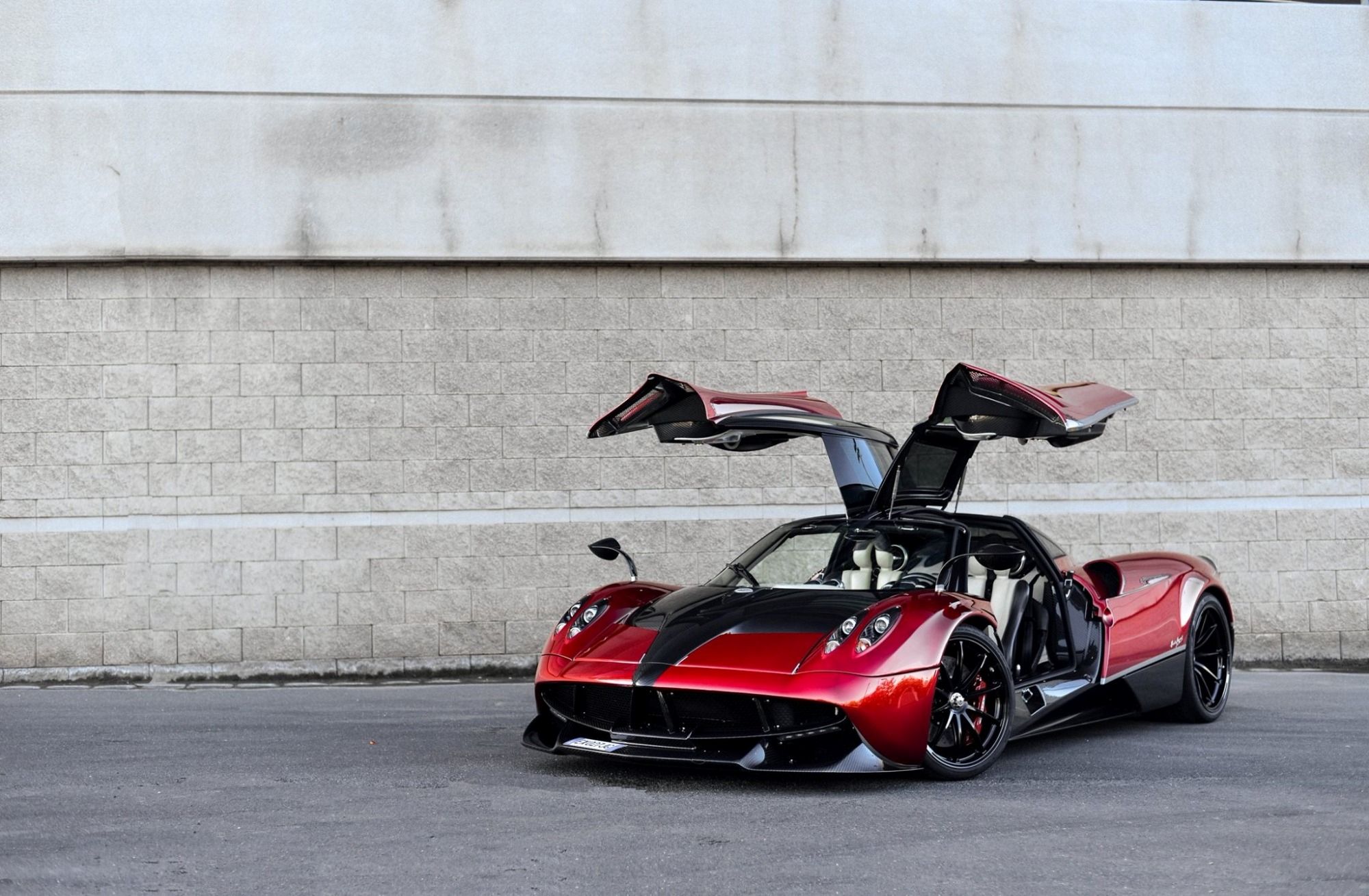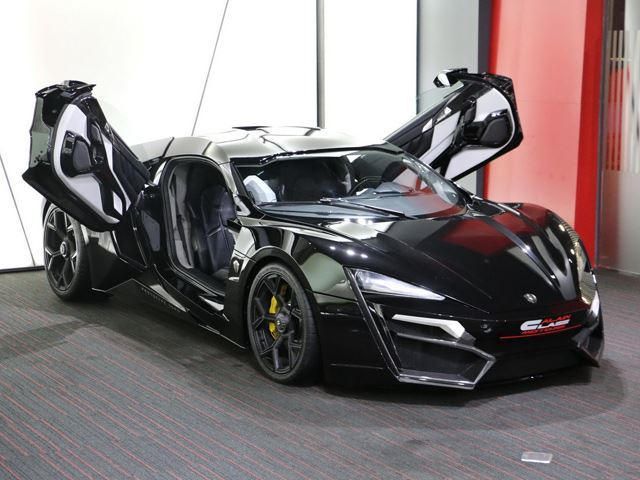
The Bugatti Veyron was a car that changed everything, and this is a statement one can make before even considering its performance. It's the way that the Veyron rewrote the rule book for the supercar and hypercar market that made it such a big deal. What Bugatti did was to create the hypercar class and prove that people were willing to pay $1 million dollars (or much more) for something that was truly a step above the competition.
It was a good thing because it spurred the competition to be more creative, daring with design and to loosen up the purse strings when it came to budgets. But this newfound inspiration was a double-edge sword as exemplified by the Lykan Hypersport. Almost every supercar manufacturer has a birth story full of passion for cars. They involve people like Enzo Ferrari, who once claimed that he had no interest in life outside of racing cars. It is this sort of obsession that brings the car community together. Even though it's obvious that profits are of huge interest to auto manufacturers, there is a part of every gearhead who knows that those designers, engineers, and madmen like Enzo Ferrari truly loved what they were working on.
The passion that differentiates the casual enthusiast from the true gearhead with a life-consuming addiction is what the Lykan Hypersport lacks. Unlike Ferrari, Dubai-based W Motors seems to be a culmination of businessmen wanting to make a buck off of the million-dollar plus hypercar market. You'd imagine that its founders have invested money in real estate, the stock market, and other ventures. They never sat down at the budget approval meeting to to build a great car. The only convincing they needed was to see graphs with trend lines indicating a profit. The problem is that this scent of illegitimacy reeks off of every stitch in the Lykan Hypersport, starting with the suicide butterfly doors.
The unconventional way in which they open seems to be tailored to those whose levels of self-esteem are directly proportional to how many heads they turn. Why else would a supercar maker put diamonds in the headlights? The engine is nothing special either because a 3.8-liter twin-turbo flat-six from Porsche is what occupies the space directly behind the passenger. Even though it cranks out 770 bhp and rockets the car from 0-60 mph in 2.8 seconds, the performance and disappointingly conventional engine setup isn't worth $3.4 million dollars. Aesthetics are a concern too because the exterior and interior of the Hypersport just look like relics from the Alien Vs Predator movie set.
Not that there's anything wrong with that, but the design looks like a cheap fiberglass body kit instead of a well-made testament to beauty like a Pagani Huayra. This would be passable if Lykan removed the diamonds and attempted to sell the car in greater numbers for a lower price. What W Motors didn't know is that building a great car requires more than lifeless engineering and piles of cash. It calls for an inexplicable desire to be more than an owner, more than a driver, and more than a manufacturer. It calls for recognition of the heart that beats within a car and the need to create a relationship between man and machine. In doing this, Lykan falls short by trying to charge Picasso prices during amateur hour.

